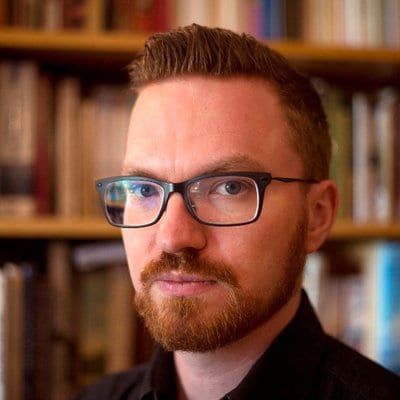In August, unarmed African-American teenager Mike Brown was shot dead while his hands were up. White police officer Darren Wilson gunned him down in the suburb of Ferguson, St. Louis.
A long history of police racism and violence against black people there meant there were immediate protests, a movement that has only grown since the American kangaroo court system known as a Grand Jury (a deeply flawed process in which the normal rules of evidence do not apply) decided not to charge Wilson with a crime. There will not even be a trial, so protesters are understandably outraged.
Since the start, social media has helped to fuel the communications strategy of the movement. And social media too was used by Palestinians in occupied Palestine to express solidarity with the movement for justice for Mike Brown – even to send tips to Ferguson about how best to deal with tear gas. (The same brand of “Made in USA” gas cannisters used on protesters in Ferguson is also used by Israeli occupation forces in Palestine)
Some on the Ferguson streets reportedly responded by chanting “Free Gaza” during demonstrations. In October, a “Palestine 2 Ferguson” contingent was part of the “Ferguson October” solidarity events.
The spontaneous links forged between the oppressed in racist white America and the oppressed in Israeli-occupied Palestine have only seemed to grow. Pro-Israel propaganda groups have floundered in their response to this phenomenon.
The Anti-Defamation League, a fanatically anti-Palestinian organisation (which in the 1980s also infiltrated and spied on the US solidarity movement against South African apartheid) in August issued a statement saying it was “a false comparison”, apparently alarmed at the increasing attention on Israeli war crimes these newly-forged solidarity links would bring.
Last month, Reggie Bush, an American Football star with 2.9 million Twitter followers, posted on social media expressing support for Palestine and drawing the link with racism in both countries. He posted a photo of Hamde Abu Rahme (a Palestinian photographer from the West Bank village of Bilin) with a sign expressing solidarity with Ferguson.
ADL director Abe Foxman responded in patronising terms, telling Bush to “stick to football” and claiming that his social media posting “demonstrates a severe lack of understanding of both issues”. Foxman doth protest too much: “The conflict between Israel and the Palestinians is not based on race,” he whined.
But since these initial denials that the two situations have anything in common, Zionist fanatics have begun to admit there are indeed parallels and even explicitly drew some of their own. In doing so, they expose their racism to an even wider audience by slandering African-Americans in very similar racist terms to their usual anti-Palestinian language.
One blog posting fretted conspiracy theories: “Anti-Israel activists may push Ferguson over the edge.” Calling it “a highly organized effort to exploit the Ferguson tension,” Legal Insurrection again doth protest too much. “Israel has nothing to do with whatever did or did not happen in Ferguson,” it whined, despite admitting the well-documented fact that St. Louis County Police have received training in Israel.
But the most explicit version of this argument came in a blog posting on The Times of Israel, an Israeli news site. Robert Wilkes, a member of the advisory board at StandWithUs (a pro-Israel propaganda group in Seattle) wrote about “Nine parallels between Palestine and Ferguson” in extremely racist terms. Palestinians and African-American protesters are violent, “savage” irrationally “angry” and deserve violence the meted out to them by “a white cop defending himself or an Israeli Jew”.
The article was so offensive to anyone with a modicum of anti-racist conviction that The Times of Israel soon deleted the posting, after an outcry on social media.
The way the Zionist narrative on Ferguson shifted like this is most interesting. It went from “move along, nothing to see here” to “yes the the two groups are similar and their oppression is their own fault.”
This culture of victim-blaming is endemic in both white American (and white British) and Israeli Jewish society when it comes to their respective oppressed groups.
The propaganda line goes that Palestinians bring it all on themselves: they don’t negotiate or make peace with us. In a similar way African-Americans are criticized for supposedly being the source of all their own problems. This is what happens when people refuse to face up to root causes like colonialism and institutional racism within the state.
Wilkes made this comparison explicit by saying that “black leaders in America are con artists and a disgrace. They are a race-hustlers in a ‘business’ fuelled by anger” – and that Palestinians were the same.
So we have reached a situation in which the oppressed in both countries and the oppressor in both countries have each sought solidarity and ties with their respective counterparts. This has a clarifying effect: shallow attempts to fool people that Israel is some sort of modern human rights utopia in the Middle East “jungle” (as the racist term used in Israel goes) seem to be increasingly failing.
An associate editor with The Electronic Intifada, Asa Winstanley is an investigative journalist who lives in London.
The views expressed in this article belong to the author and do not necessarily reflect the editorial policy of Middle East Monitor.








